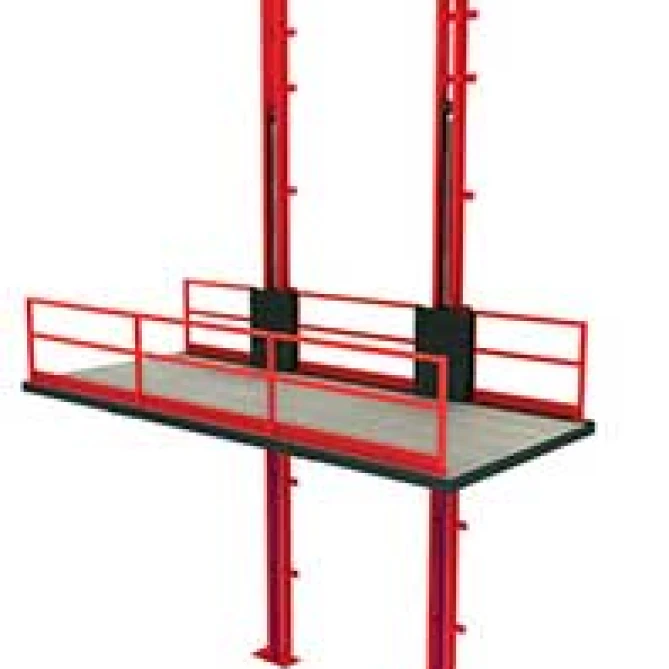
Freight elevators are the lifeblood of industrial facilities and warehouses. However, these powerful machines can pose serious risks without the proper safety equipment. Ensuring the safety of a freight elevator isn't just about complying with regulations; it's also about protecting your most valuable asset: your employees, and protecting the future of your business. So, what equipment makes a freight elevator truly "safe"? Here are seven critical safety elements every business owner should know.
1. Overload Protection System
Every elevator has a specific carrying capacity, and exceeding this capacity can damage the mechanical components and pose a serious risk of accidents. Modern freight elevators are equipped with sensors that continuously measure the weight of the load on the platform. When the load exceeds the specified capacity, the system automatically prevents the elevator from moving and provides an audible or visual warning. This simple yet effective system prevents one of the biggest hazards that can arise from user error.
2. Hose Burst Valves (For Hydraulic Systems)
One of the most critical safety components in hydraulic freight elevators is the hose burst valve. In the event of a sudden burst or leak in the hoses carrying pressurized oil in the hydraulic system, these special valves are activated immediately. They lock the oil flow, preventing the platform from free-falling and ensuring it remains stationary. This equipment is the most fundamental safety guarantee of hydraulic systems.
3. Parachute Brake System (For Electric Systems)
In electric elevators, the "parachute brake system" provides protection against free fall. In abnormal situations, such as a broken rope or an uncontrolled motor acceleration, the speed governor locks and triggers the parachute brake system. This system compresses the guide rails, stopping the cabin immediately.
4. Emergency Stop Buttons
Emergency stop buttons, which should be located in easily accessible locations on each floor and on the platform control panel, allow the operator to stop the system immediately in the event of any emergency. These buttons prevent accidents from escalating by allowing immediate intervention in the event of a jam, load overturning, or any other unexpected situation.
5. Door Safety Systems
A significant portion of freight elevator accidents occur at the doors. To prevent this, modern elevators feature multi-layered safety systems. Door safety switches prevent the elevator from moving until all landing doors and, if applicable, the cabin door are fully closed. Similarly, they prevent any doors from being opened while the elevator is in motion. This system prevents dangerous situations such as limb entrapment.
6. Audible and Visual Warning Systems
Audible and visual warning systems are vital for elevators operating in open spaces or noisy factory environments. Activated when the elevator begins moving or approaches a floor, these systems warn surrounding personnel, reducing the risk of collisions and crushing injuries.
7. Platform Railings and Protective Fences
Cargo platforms must be surrounded by guardrails of a standard height (generally at least 110 cm) to prevent personnel or materials from falling. Furthermore, the shaft where the elevator operates must be enclosed with protective barriers such as fences, walls, or metal sheets to prevent unauthorized persons or objects from entering.
Don't Compromise on Safety
At Izmir Demir Lift, we meet the highest national and international safety standards in all the freight elevators we manufacture. Our CE-certified products include all the critical safety equipment listed above as standard. For us, safety is not an option; it's the foundation of our production. Don't risk the safety of your business; enjoy the assurance of domestic production.